Hi everyone!
My hands tend to shake a little all the time, but it seems like every picture I take with my new Canon A70 is blurry; no matter what setting I have it on. When my friends try to take pictures with it, it does the same thing so I don't think it's just because I shake. Is the aperture set to remain open too long or something? What can I change so that I no longer have to take the same picture 15 times to make sure I get a non-blurry one?
My hands tend to shake a little all the time, but it seems like every picture I take with my new Canon A70 is blurry; no matter what setting I have it on. When my friends try to take pictures with it, it does the same thing so I don't think it's just because I shake. Is the aperture set to remain open too long or something? What can I change so that I no longer have to take the same picture 15 times to make sure I get a non-blurry one?



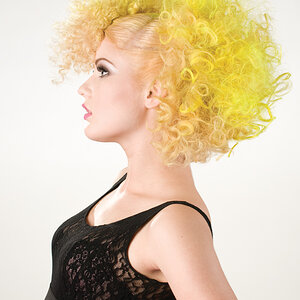
![[No title]](/data/xfmg/thumbnail/30/30880-eb7252c7e6df26b6cbc7065d2838df96.jpg?1619734495)
![[No title]](/data/xfmg/thumbnail/38/38735-2245cc1b04db3f96fa74095ae14558a6.jpg?1619738703)
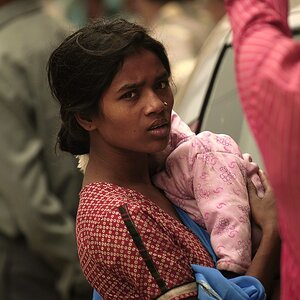

![[No title]](/data/xfmg/thumbnail/42/42253-fef7e43227f484b1a95dd6d85c03bd40.jpg?1619740063)
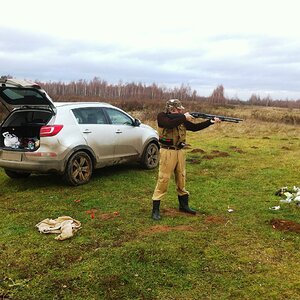

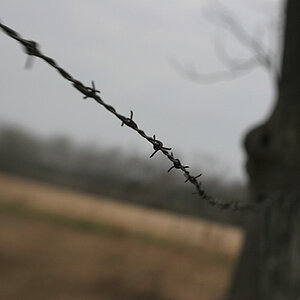
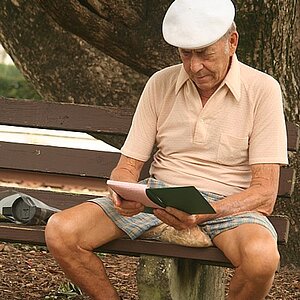
![[No title]](/data/xfmg/thumbnail/35/35876-de9861d35b5abad8ad1cf7c32772c9fb.jpg?1619737202)